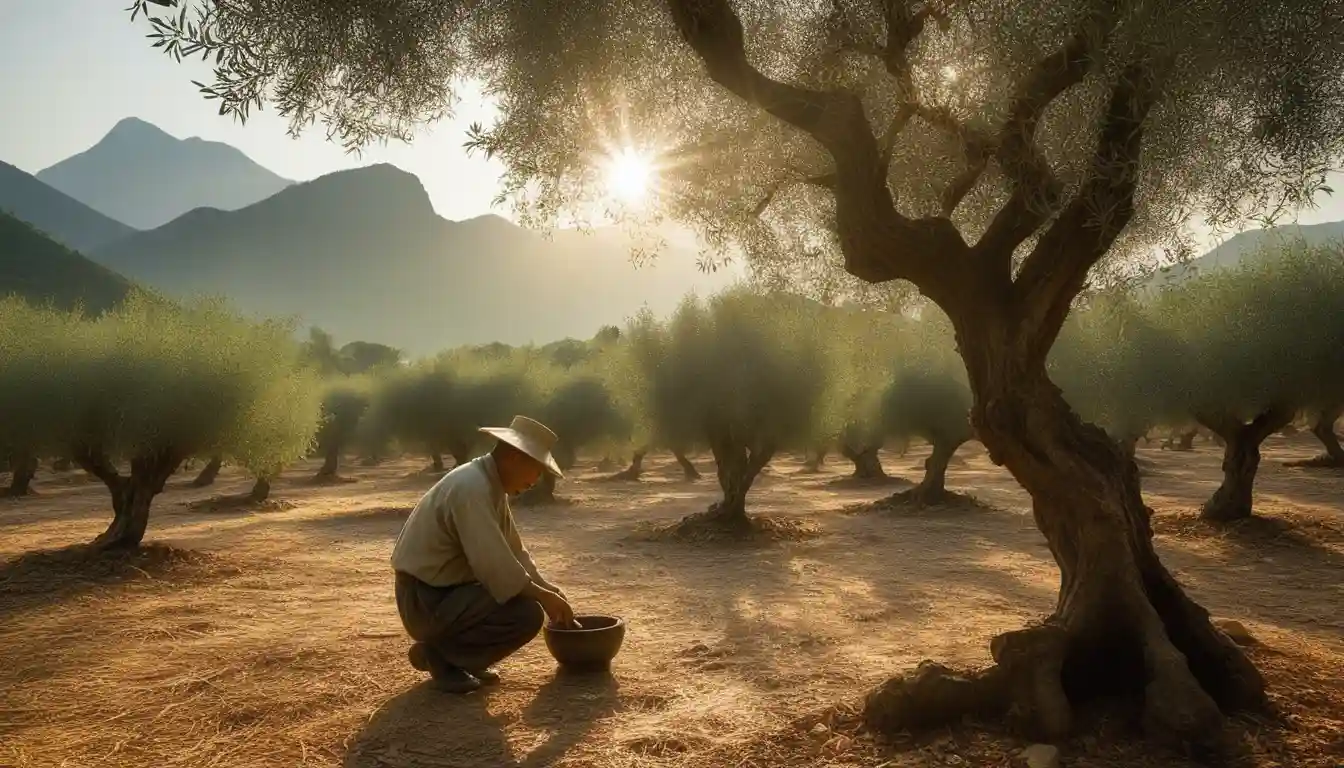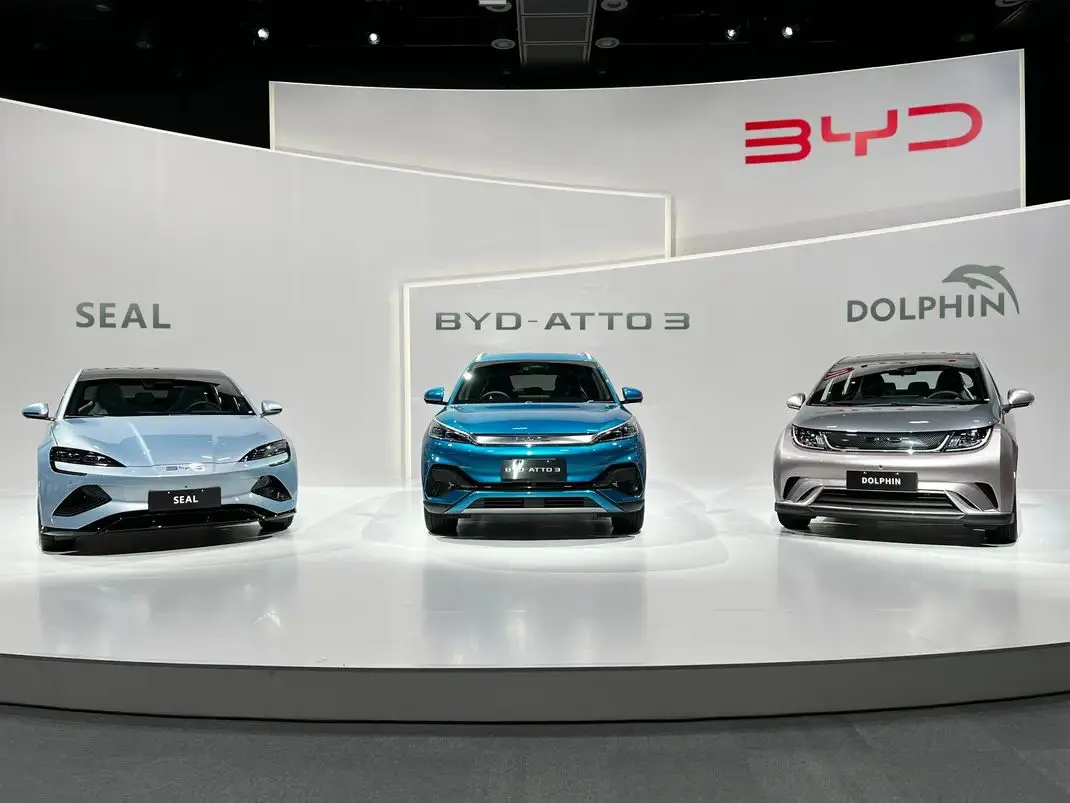
China Extends an Agricultural Olive Branch as Trade Wars Deepen
China Extends an Agricultural Olive Branch as Trade Wars Deepen
Beijing leans on food diplomacy while Western allies brace for tariffs and Trump’s comeback reshapes global trade.
At the United Nations General Assembly in New York, China offered a glimpse of a softer touch. Away from the formal speeches and photo ops, Premier Li Qiang and Canadian Prime Minister Mark Carney quietly tested whether agriculture could open doors that industry had slammed shut. Within hours of their exchange, markets were already buzzing. Canadian rapeseed meal futures slid more than three percent as traders bet that canola shipments, long trapped by tariffs, might soon find a path back to China.

That quick reaction told a bigger story. Beijing has learned to wield agricultural trade like a scalpel—making calculated concessions to relieve pressure without budging on its industrial red lines.
Canola Becomes a Bargaining Chip
For Canadian farmers, canola isn’t just another crop. It’s a lifeline worth billions each year. But that flow of grain dried up when Beijing slapped a 75.8% anti-dumping duty on Canadian canola seed this summer, then doubled down in March with 100% tariffs on canola meal and oil. The move hit the Prairies hard.
Value of Canadian Canola Exports to China Before and After Tariffs
| Year | Value of Canadian Canola Exports to China (CAD billions) | Notes |
|---|---|---|
| 2024 | ~4.9 | Before significant 2025 tariffs were imposed; this value includes canola seed, oil, and meal. |
| 2025 (March onwards) | Significantly reduced (near zero for oil and meal) | China imposed 100% tariffs on Canadian canola oil and canola meal as of March 20, 2025, making exports prohibitive. |
| 2025 (August onwards) | Market effectively closed for all canola products | China imposed a 75.8% duty on Canadian canola seed as of August 14, 2025, effectively closing the market for all Canadian canola. |
Still, China left itself wiggle room. The duties are technically “preliminary” and set to last until 2026, giving Beijing space to adjust if politics or economics demand. This week’s market tumble reflected exactly that: traders sensing China might ease restrictions, maybe through quotas or licenses, without losing face.
“Rapeseed meal prices dropped today after the China-Canada talks,” noted Zhang Deqiang, an analyst at Sublime China Information. “The market expects signals that trade will partially resume, improving supply in the future.”
Agriculture gives Beijing an advantage industrial sectors don’t. Food imports matter directly to voters in democratic nations, especially farmers, who wield outsized political influence. And China has already shown it can shop elsewhere, recently buying more than half a million tons of Australian canola. That flexibility lets Beijing keep the pressure on while dangling hope of restored access.
Industry Lines Stay Rigid
While the farm sector shows cracks of compromise, industrial trade remains locked in stalemate. Canada’s 100% surtax on Chinese electric vehicles, imposed last year, remains intact and under review but faces little push for change. Carney himself underscored the point, stressing Ottawa’s alignment with U.S. tariffs, especially in steel.

That alignment isn’t accidental. With Donald Trump back in the White House and the 2026 USMCA review looming, Canada’s room to maneuver has narrowed sharply. Any concessions to Beijing will be timed carefully against North America’s shifting trade calculus.
The USMCA, or United States-Mexico-Canada Agreement, is a trade agreement between the United States, Mexico, and Canada. It replaced the North American Free Trade Agreement (NAFTA), modernizing trade rules for these nations.
Europe finds itself in a similar balancing act. When Li Qiang sat down with European Commission President Ursula von der Leyen on September 24, both sides played to symbolism—the 50th anniversary of China-EU relations—while dancing around friction points. They highlighted cooperation on climate and green tech, even as Brussels prepared fresh duties on Chinese EVs that could climb to 35%.
Brussels Walks a Fine Line
Beijing wants trade disputes framed as technical haggling, not as battles over political systems. Li Qiang urged von der Leyen to avoid “politicization and securitization” of economic issues—a clear jab at Western leaders who increasingly cast China’s industrial policies as strategic threats.

Brussels, however, has embraced ambiguity. On one hand, it pushes cooperation on shared priorities like climate. On the other, it presses ahead with trade defenses to shield European industries. EU officials privately call this the “dual track” approach: engage where possible, defend where necessary. The bloc’s status as China’s top goods trading partner gives it both leverage and exposure.
Table: Overview of EU–China Trade in Goods (2013–2025)
| Dimension | Key Figures & Trends |
|---|---|
| Overall scale (2024) | Exports: ~€213 b; Imports: ~€519 b; Deficit: ~€306 b |
| Deficit trend (2013–2025) | ~€104 b (2013) → peak ~€397 b (2022) → ~€291 b (2023) → ~€306 b (2024); moderate rise early-2025 |
| Trade indices (2013–2024) | Exports: 100 (2013) → ~144 (2022–2023); Imports: 98 (2016) → ~184 (2022) |
| Partner ranking (2024) | China = EU’s largest import partner (~21% of extra-EU imports); 3rd largest export destination (~8%) |
| Monthly flows (2023–2024) | Exports: ~€19.2 b (Jan 2023) → ~€16.8 b (Dec 2024); Imports: ~€46.4 b → ~€44.1 b; Deficit ~€27–29 b late-2024 |
| Trade composition (imports, 2024) | ~97% manufactured goods: Machinery & vehicles (~55%), Other manufactures (~34%), Chemicals (~8%); Primary goods ~2–3% |
| Trade composition (exports, 2024) | ~87–88% manufactured goods: Machinery & vehicles (~51%), Other manufactures (~20%), Chemicals (~17%); declines in medicaments & motor vehicles vs 2023 |
| World trade context (2023) | China: world’s largest exporter (~€3.1 tn, ~17.5%) & major importer (~€2.36 tn, ~12.8%); EU: among top global traders; EU–China among largest bilateral flows |
| EU member distribution | Germany & Netherlands = largest bilateral nodes; most EU members run deficits; only a few showed surpluses in 2024 |
What Markets Are Watching
The ripple effects are immediate. Analysts now give a roughly 70% chance that China and Canada will restore at least part of their canola trade in the coming months. That would ease pressure on Canadian farmers and soften feed costs in China, though it might erode the premiums Australian exporters currently enjoy.
The EV story looks different. With tariffs stacked in North America, Europe, and the U.S., Chinese manufacturers face shrinking options in developed markets. That’s bad news for Beijing’s automakers, though it leaves Canadian and American producers relatively shielded.
For investors, the split is clear. Agricultural firms stand to gain if trade reopens, while auto makers tied to China remain stuck in defensive mode.
The Bigger Picture
China’s agricultural gestures serve several purposes at once. They show good faith without giving away too much, target politically sensitive groups in Western democracies, and preserve leverage for bigger fights over technology and industry. For Canada, the dance reflects the uncomfortable truth of middle power politics: Ottawa can’t stray too far from Washington’s shadow, especially with USMCA renegotiations around the corner.
Europe, meanwhile, illustrates what a long-term strategy might look like—maintaining dialogue while bracing for friction that never fully disappears. That dual track may be the only sustainable way forward.
Of course, none of this guarantees lasting change. The current détente remains tentative, and broader disputes over industrial policy, subsidies, and strategic competition loom large. If those aren’t resolved, agricultural goodwill could prove fleeting.
For now, though, markets will keep scanning every handshake, every hint of flexibility, for clues about where this high-stakes trade chess match heads next.
House Investment Thesis
| Category | Details |
|---|---|
| Executive Take (Author's Views) | 1. Canada-China: Staged mini-thaw likely in agriculture (canola), not EVs/steel. China's preliminary duties shut out Canadian canola, but market reaction suggests room for relief. 2. Canada-US: Ottawa will maintain EV/steel alignment with Washington, especially through the 2026 USMCA review. EV surtax may see tweaks but not repeal. 3. EU-China: Public dialogue (détente) will continue alongside private trade litigation ("smiles in New York; filings in Brussels"). |
| Recent Key Events (Price Impact) | - Carney-Li Talks (NY): Constructive; covered canola, seafood, EVs. China canola-meal futures fell 3.1%. - China's Tariffs: 75.8% provisional anti-dumping duty on Canadian canola seed + 100% duties on meal/oil. Investigation extended to Mar 9, 2026. - China Diversification: COFCO bought ~540kt Australian canola, showing alternative supply options. - Canada's Tariffs: 100% surtax on China-made EVs and 25% on steel/aluminum remain baseline under review. - EU Duties: Definitive countervailing duties on China BEVs (up to ~35%) are in force; WTO dispute panel active. |
| Root Causes (Durability) | - Industrial policy collision (China's state-supported EVs/metals vs. Western de-risking). - Agriculture used as a reversible pressure valve by Beijing. - Ottawa's China policy conditioned by 2026 USMCA review gravity. - EU operates on a two-track system: dialogue optics + trade defense reality. |
| Scenarios (6-12 Month, Probabilities) | A) Agri Mini-Thaw (Base Case): Canola quotas/reduced deposits. ICE canola basis narrows; China meal softens. EV/steel tariffs unchanged. B) Status Quo Grind: No relief; Australia backfills; Canadian crush/exports rerouted. C) Escalation: Talks sour; China extends/raises measures. Canola prices volatile. |
| Trade Expressions (Positioning Angles) | Oilseeds: Long ICE canola (RSX25) / short CBOT soymeal (SMZ25) for a mini-thaw. Long GrainCorp (GNC AU) on China's Aussie purchases. Barbell crushers: Long Bunge (BG) / short ADM. Autos/EVs: Neutral-to-bearish on Chinese OEM volumes into Canada. EU duties are a bigger overhang for BYD/SAIC. Metals: Domestic Canadian metals names (STLC.TO, ASTL) retain tariff shelter. FX: Canola thaw is mildly CAD-supportive. |
| Key Catalysts & Tells | - MOFCOM notices on canola AD probe (any tweak is a long-canola signal). - CBSA/Finance Canada changes to EV/steel remission processes. - EC/EUR-Lex new China trade defense steps. - COFCO booking flow for additional Australian canola cargoes. |
| "Spiky" Takes (Sharp Comments) | - EV tariffs are a "tax on time" Ottawa will pay to stay aligned with the US. - Canola is the "cheapest détente" for Beijing to show goodwill. - EU's strategy: "collaborate publicly, litigate privately." |
| Risk Matrix | - Macro commodity shock (e.g., South American weather). - Security shock (e.g., Taiwan Strait incident). - USMCA surprises tying EV relief to Canadian concessions. |
| Actionable One-Liners | - Long canola/short soymeal for a mini-thaw. - Own Aussie canola logistics (GNC AU); trail stops on Canada thaw news. - Stay neutral/underweight China EV export plays to Canada. - Barbell crushers (BG > ADM) during Canadian rerouting. |
NOT INVESTMENT ADVICE